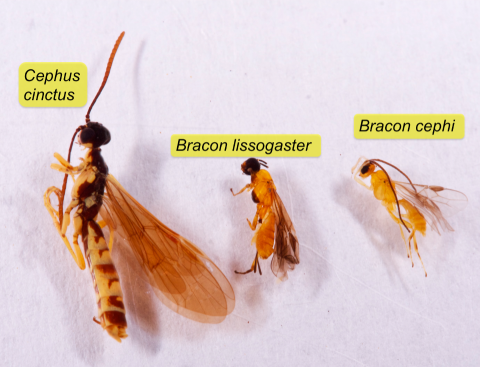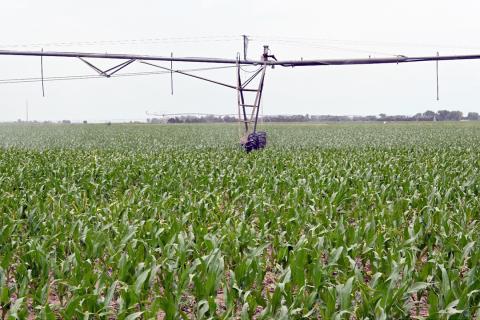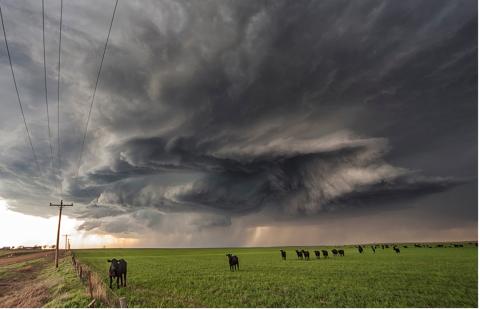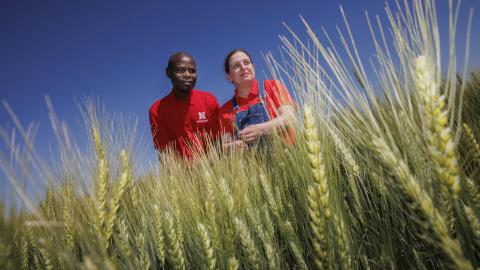
Nebraska-developed Wheat Variety to Address New Fungal Threat
June 12, 2024
The University of Nebraska–Lincoln is releasing a new wheat variety, NE Prism CLP, that stands out for its resistance to fungal disease, including fusarium head blight.

Nebraska Crop Production Report for June 2024
June 12, 2024
Nebraska's winter wheat crop is up 15% in 2024.
Wheat Stem Sawfly Flights Peaked, New Reports of Range Expansion
June 12, 2024
In addition to confirming the presence of wheat stem sawfly in new Nebraska counties this year, Nebraska Extension anticipates fairly high pressure from the crop pest this growing season.
Soil-Water-Plant Interaction Basics
June 12, 2024
As irrigation season approaches, producers may find it beneficial to review the basics on how soil, water and plants all work together to grow crops.
Pasture and Forage Minute: Hail Damage to Pasture and Hay, Alfalfa Irrigation After a Wet Spring
June 11, 2024
Extension recommendations on reducing the risk of toxic plant consumption for grazing animals, hail damage recovery for pasture and hay fields, and summer alfalfa irrigation following a wet spring.
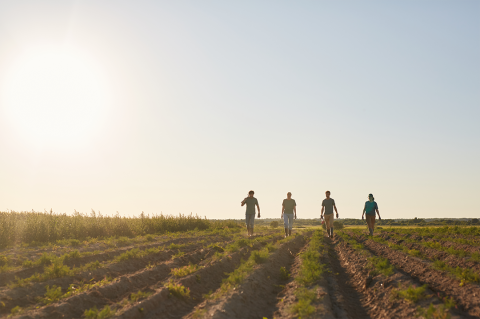
Northern Plains Farm Labor Report for April 2024
June 11, 2024
The number of farm workers in Nebraska has remained unchanged since 2023.
Ag Tech Focus of Agronomy Youth Field Day July 9 in Curtis
June 11, 2024
Free to attend, this field day will teach Nebraska youth more about how agriculture is changing with precision technology.

To receive 2024 weekly crop water use reports via text message, subscribe on the PHREC AgLab site.
Estimated Crop Water Use for June 10-14, 2024
June 10, 2024
Nebraska Extension Educator Gary Stone shares an update on Panhandle crop planting and growth with this week's crop water report.

